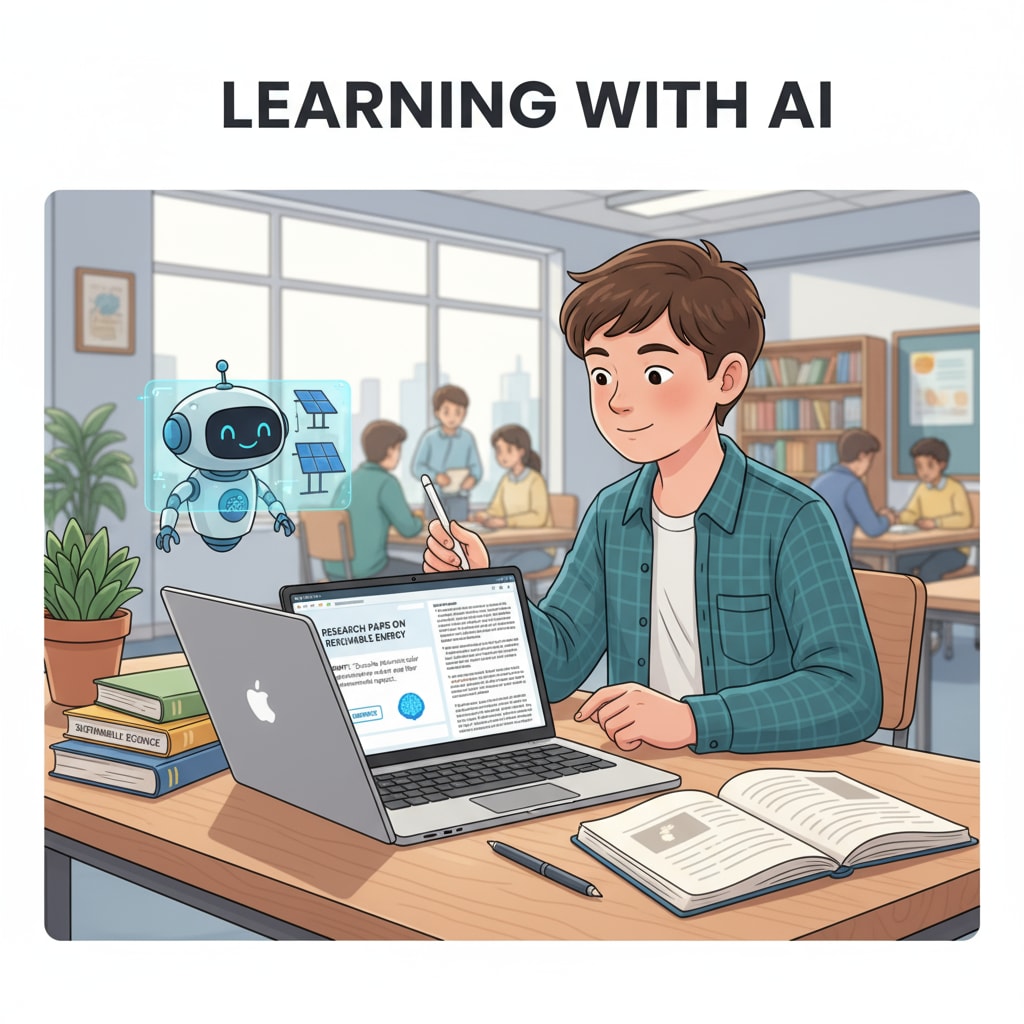The integration of AI in education has revolutionized the way students approach assignments, leading to a significant concern of grade inflation. AI tools are now widely used by both teachers and students, presenting new challenges in the traditional grading system.

As technology continues to advance, it’s crucial to understand how this trend impacts academic evaluation and what steps can be taken to preserve fairness and integrity.
The Rise of AI in Educational Assignments
AI has become an invaluable resource in the educational landscape. Students are leveraging tools like ChatGPT to generate essays, solve problems, and complete various tasks. For example, a student struggling with a history assignment can use AI to quickly gather information and structure their response. This has made the process of assignment completion faster and seemingly more efficient. However, it also raises questions about the authenticity of the work submitted. According to this EdSurge article, the widespread use of AI in assignments is changing the dynamics of student learning and assessment.

The Phenomenon of Grade Inflation
Grade inflation is a direct consequence of the unregulated use of AI in assignments. With the ability to produce high-quality work with minimal effort, students are achieving higher grades than ever before. Teachers are often left with the difficult task of differentiating between genuine and AI-generated work. This has led to an artificial inflation of grades, undermining the credibility of academic achievements. As stated in this Chronicle article, educators need to find ways to counter this trend to maintain the integrity of the grading system.
To address these issues, educational institutions need to reevaluate and reconstruct their assessment methods. This could involve implementing stricter plagiarism detection tools that are specifically designed to identify AI-generated content. Additionally, educators can focus on more holistic forms of assessment, such as in-class discussions, oral presentations, and hands-on projects, which are more difficult for AI to replicate. By taking these steps, we can strive to maintain the balance between technological innovation and the essence of education, ensuring that grades accurately reflect a student’s true capabilities and efforts.
Readability guidance: The paragraphs are short and to the point. The use of examples and external links provides credibility. The images help to visually represent the concepts discussed. Transition words like ‘however’ and ‘additionally’ are used to improve the flow of the text.


